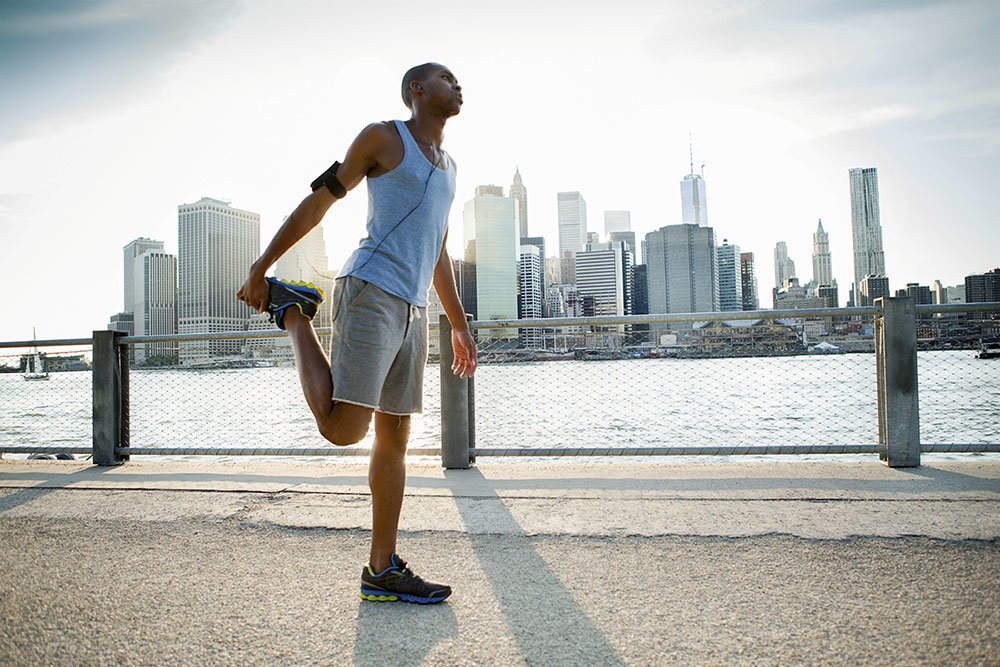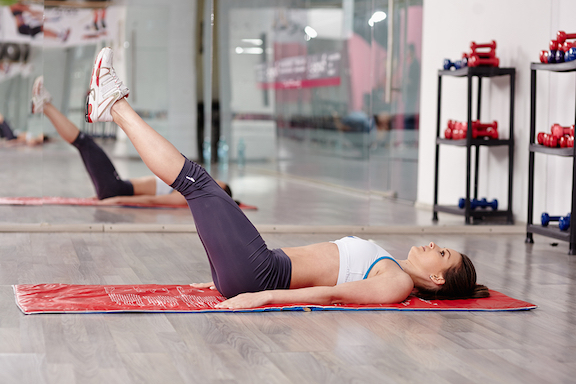Not all stretching exercises are created equal. Some types of stretches will help you perform better if used before you exercise, while others may put you at risk of injury.
There are 2 kinds of stretches to be aware of:
1. Static Stretching
2. Dynamic Stretching
Static stretching is the kind of stretching where you HOLD a position for a set amount of time (i.e. – 10, 30, 60 seconds). Dynamic stretching, on the other hand, is the kind of stretching where you move a muscle throughout its range of motion ten or more times.
Both types of stretches lengthen your muscles, but static stretching should NOT be done before you workout. Why?
Your muscle fibers are surrounded by a fatty tissue called fascia. If the fascia hasn’t been properly warmed up (meaning an increase in temperature and an increase in blood flow) you risk tearing it. This is bad news.
Static stretching doesn’t properly warm up your muscle fibers and fascia. In other words, when you perform a static stretch before your workout you can injure yourself.
Also, static stretching actually weakens the muscle fibers. It does so for only for a short period of time, but this is why static stretching is best done AFTER a workout.
Dynamic stretching is different. Dynamic stretching can and should be done BEFORE your exercise routine. It can also be done after you workout in conjunction with static stretching for some killer benefits.
Dynamic stretching allows your muscles to properly warm up. It helps increase blood flow and temperature, which helps your fascia become more pliable.
This, in turn, cuts down on injury.
Here’s an example of a dynamic stretch you can use before you workout:
1. Stand upright with your feet shoulder width apart
2. Clasp your hands in front of your body with your arms straight
3. With your knees soft (legs straight, but knees slightly bent) and your back straight bend over as far as you can
4. When you reach the bottom do not pause. Immediately come upright in a smooth, fluid fashion.
This dynamic stretch will increase blood flow in your hips, hamstrings, and low back. Perform 10-15 repetitions.
So, the bottom line is: Perform Dynamic Stretches BEFORE your exercise routine and Static Stretches AFTER your exercise routine.
This is the safest way to stretch, so give it a whirl. If you still feel better using static stretching before a workout feel free. Just be careful and don’t complain if you injure yourself during your workout because your muscle fibers were weak and tear.




